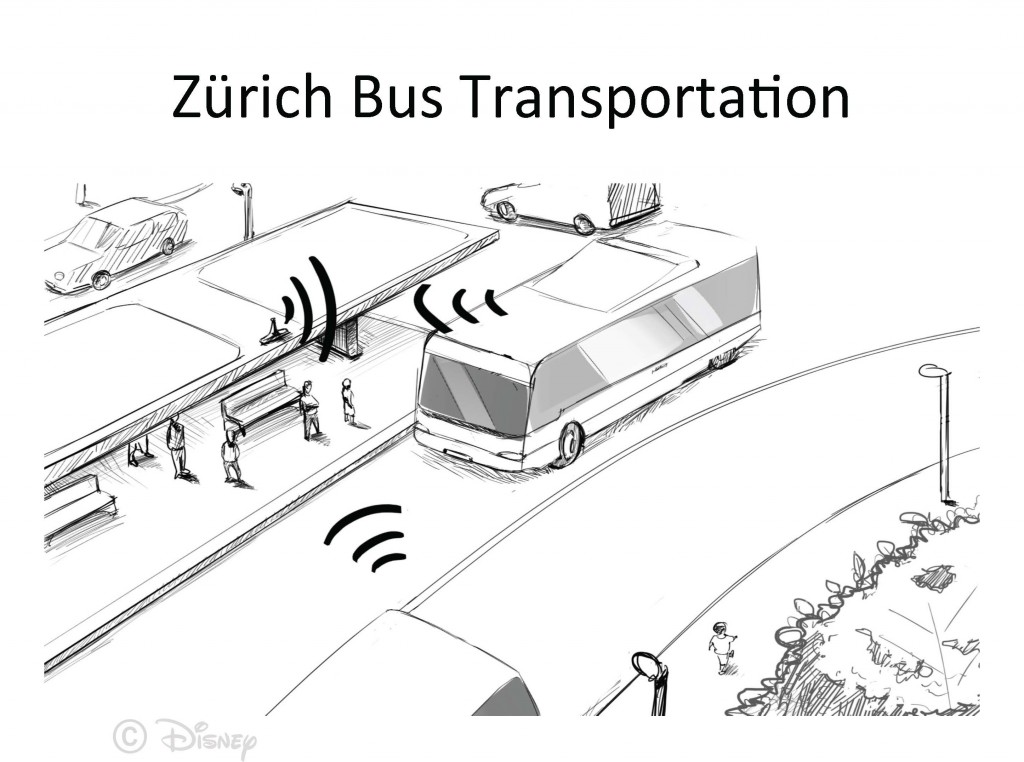Analyzing Temporal Metrics of Public Transportation for Designing Scalable Delay-Tolerant Networks
Delay-tolerant networks can complement cellular networks to address today’s growth in demand for wireless data. We are interested in delay-tolerant networks for reaching out into underserved regions in growing economies, when distributing media and videos from cities to rural areas.
November 8, 2013
ACM Workshop on Performance (ACM PM2HW2N) 2013
Authors
Adriano Galati (Disney Research)
Vladimir Vukadinovic (Disney Research)
Maria Olivares (Disney Research)
Stefan Mangold (Disney Research)
Analyzing Temporal Metrics of Public Transportation for Designing Scalable Delay-Tolerant Networks
Delay-tolerant networks can complement cellular networks to address today’s growth in demand for wireless data. We are interested in delay-tolerant networks for reaching out into underserved regions in growing economies, when distributing media and videos from cities to rural areas. To transport the data into these regions, public transportation vehicles equipped with wireless infostations are used instead of a traditional cellular infrastructure. We focus on media distribution in support of entrepreneurs that operate mobile cinemas in rural villages. Temporal metrics of a public transportation network are determined, together with the overall value of exploiting the mobility of participating vehicles. A dense transportation network of Zurich (Switzerland), which is known to operate reliably, is analyzed for the purpose of benchmarking. Nodes are assumed to be bus stations that are temporarily in contact with each other when a bus travels between them. Our analysis provides guidelines to design and build a hierarchical topological structure of similar networks.

